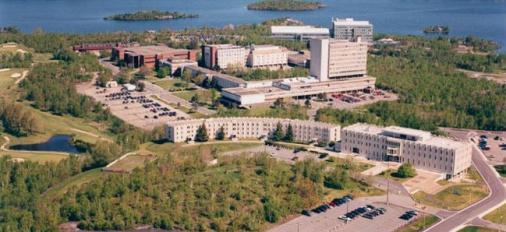This article was provided by the Ontario Mining Association (OMA), an organization that was established in 1920 to represent the mining industry of the province.
The Ontario Mining Association has helped 27 Ontario teachers gain a better perspective on the mineral industry through its participation in the second annual Teachers’ Mining Tour. This educational professional development program was held at the Canadian Ecology Centre (CEC) near Mattawa from August 15 to 19, 2011.
The program exposed teachers to all phases of the mining cycle, industry professions, Earth science and mineral education specialists, Earth science presentations, educational resources and numerous field trips. George Flumerfelt, President of North Bay-based mine contractor Redpath and an OMA Director, provided a “Mining 101” presentation for the educators to kick off the intensive week.
Tours included visits to Vale’s smelter complex in Sudbury and Xstrata Nickel’s Nickel Rim South Mine. In North Bay, the teachers toured Boart Longyear’s drill manufacturing facilities including a highly automated operation featuring robotics. Also, a representative of consulting engineering firm Knight Piesold made a presentation on the role of environmental assessments in resource development to this group of teachers.























